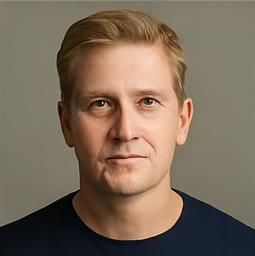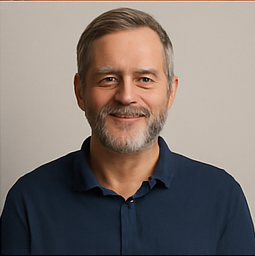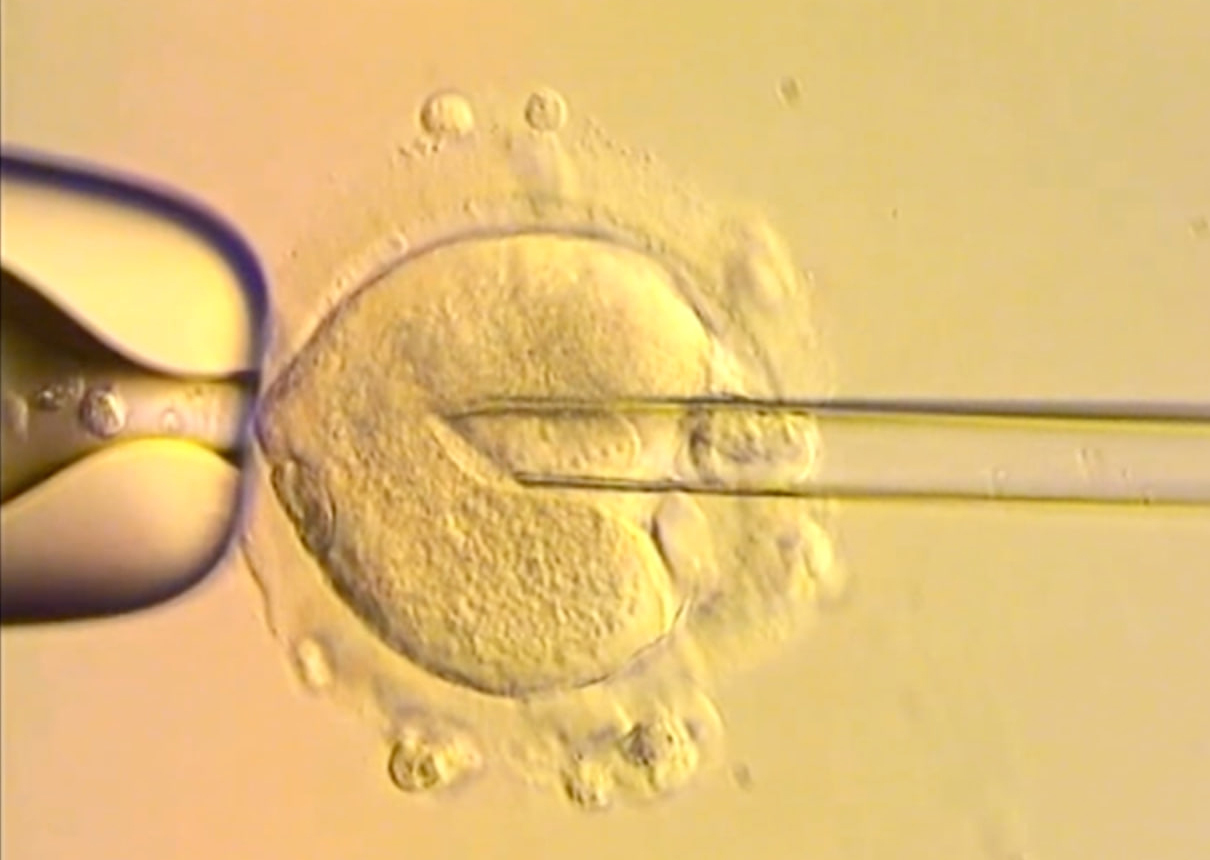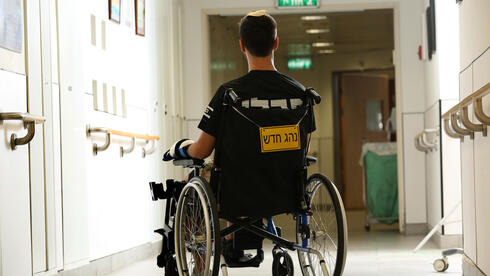Revolutionary E-Tattoo Could Change How We Monitor Mental Workload in High-Stakes Professions
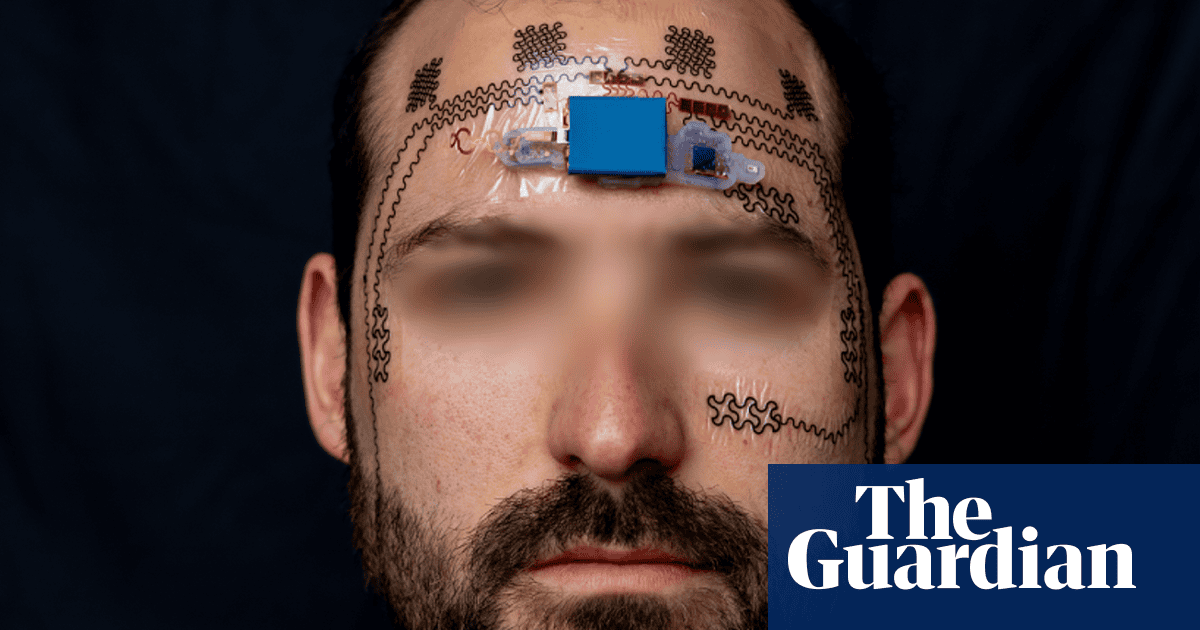
In our fast-paced world, whether it’s performing complex calculations or texting a potential romantic interest, certain tasks can leave us feeling mentally strained. Now, groundbreaking research from scientists has introduced an innovative solution: an electronic tattoo designed to monitor cognitive effort directly from the forehead.
This device, referred to as an e-tattoo, has the potential to be a game-changer for professionals in high-pressure environments, such as pilots, healthcare workers, and emergency responders. These fields require individuals to manage their mental workload effectively to prevent costly errors that could lead to disastrous consequences.
Dr. Nanshu Lu, a lead researcher from the University of Texas at Austin, expressed the hope that this technology could ultimately serve as a real-time mental workload decoder. Such a tool would provide timely alerts to users, enabling them to self-regulate their mental exertion or request assistance from colleagues or AI systems. “For this kind of high-demand and high-stakes scenario, we hope that this device can give people some warning and alert so that they can self-adjust, or they can ask AI or a co-worker to offload some of their work,” Dr. Lu explained, emphasizing not only the device's potential to enhance workplace performance but also its capacity to safeguard the health of workers.
In a recent article published in the journal Device, Dr. Lu and her team highlighted the limitations of traditional methods that assess mental workload. Currently, mental workload is often evaluated through questionnaires, which can be unreliable as individuals typically struggle to objectively assess their cognitive effort, and these assessments are usually conducted post-task.
Existing technologies such as electroencephalography (EEG) and electrooculography (EOG) are also insufficient; they typically consist of cumbersome, wired devices that struggle with accuracy due to movement interference. In contrast, the e-tattoo is not only lightweight and flexible but also wireless, making it far more practical for users.
Constructed from a graphite-based conductive material, the e-tattoo features a wavy design that adheres to the forehead with a conductive adhesive film. It includes four square EEG electrodes that monitor distinct brain regions, alongside EOG electrodes that track eye movements. The electrodes are designed to be stretchable and are coated to enhance conductivity, ensuring better data accuracy.
After confirming that the e-tattoo performs comparably to traditional EEG and EOG devices, the research team conducted experiments with six participants. In this study, participants were tasked with a cognitive challenge involving a series of letters displayed on a screen. They were instructed to click a mouse whenever they recognized a letter or a letter's position from a previously shown set, with the difficulty increasing as they had to remember more letters from prior displays.
The findings were illuminating: as the difficulty of the tasks escalated, shifts in brainwaves were observed, indicating an increase in mental workload. The researchers then utilized machine learning to analyze the collected EEG and EOG data against the task's difficulty levels. Following a training phase, the algorithm demonstrated a notable ability to predict the mental workload of participants based solely on their physiological data.
Dr. Lu revealed that the complete e-tattoo setup, which includes an integrated chip and battery, is expected to cost under $200 (£148), making it an affordable option for widespread use. The team is currently working on enhancing the technology so that signals can be processed by the e-tattoo's microprocessor and transmitted to an application that will alert users when their mental workload exceeds optimal levels.
Interestingly, the ideal solution for managing mental workload isn’t simply to reduce task complexity. Dr. Lu noted, “Previous studies indicated that the optimal mental performance occurs when the mental workload demand is not too low or too high. When it’s too low, it’s very boring, and people will just lose focus.” This finding underlines the importance of finding the right balance in cognitive challenges to maintain engagement and productivity.

